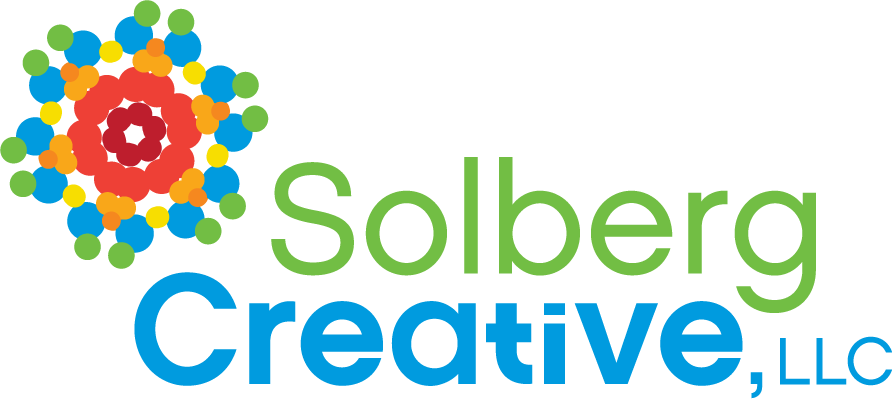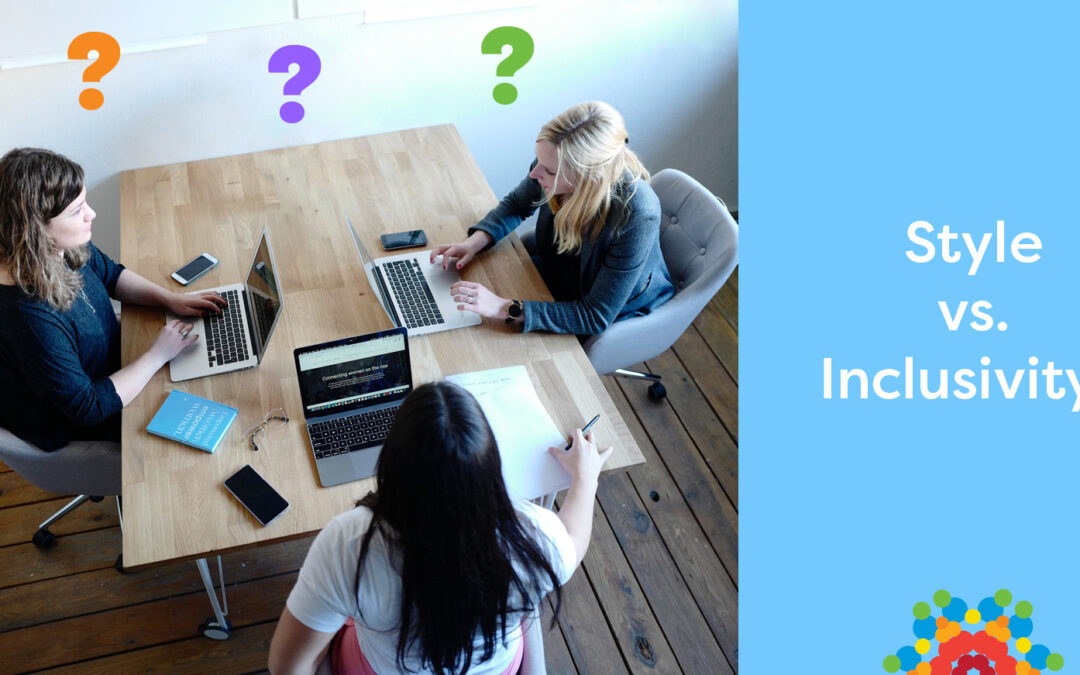I’m a big fan of style guides and have been for my entire career. I think overall, they help organizations create a sense of professionalism and convey a uniformity that doesn’t jolt the reader with missteps. (You can find more of my general thoughts about style guides here.) This is especially true when it comes to style involving diversity, equity, and inclusion (DEI) efforts. It’s important to work with style guides that are inclusive.
But increasingly, there’s an area where rigidly abiding by a style guide can actually do more harm than good, and that’s when creating editorial work meant to be DEI-aware. Much has changed in recent decades around how various population segments want to be recognized—heck, much has changed in just the past 3-4 years. The likelihood is that more change will come. So what can an org with a style guide do to stay respectful and attuned to the needs of others?
When to Be Flexible with the Style Guide
One of the editorial groups I belong to is the Editorial Freelancers Association (EFA). Earlier this year, the EFA offered a webinar on Demystifying the Language of Disability, led by disability rights activist Emily Ladau. What I learned in that webinar caused me to rethink what I knew about style guides and their usage, and not just in terms of people with disabilities, but for all marginalized groups.
One of the biggest takeaways—for me, at least—from the webinar was the idea of putting respect front and center. And that may mean deviating from the specifics in whichever style guide you’re using, be it the AP Stylebook, Chicago Manual of Style, or your in-house style guide.
For example (and this is from an actual project I worked on): say the style guide you’re working with specifies that groups of Native Americans should be referred to as “nations.” But the people you’re interviewing or profiling for the story refer to themselves as “tribes.” In earlier times, the style guide would have overruled “tribes” for “nations.” Instead, we talked with the people involved. They understood that some groups prefer “nations,” but they preferred “tribes.” What did we use? Tribes.
A Case-by-Case Basis
You may wonder, “But what about the groups of Natives who prefer ‘nations’?” When writing about them, ask their preference—and use it. Don’t assume that every Native group wants the same designation. Find out their preferred nomenclature and follow it.
That means some second-guessing on the editorial side, and there’s nothing wrong with that. In the webinar, Ladau noted that in the disability world, there’s been movement to have a people-first approach. That means instead of saying “disabled person,” it would be “person with disability.”
However, Ladau also pointed out that within the disabled community, some prefer the shorter phrase, also known as “identity first.” As some people want to be referred to as a Black person or a trans person, these disabled people are fine with and would rather have the word “disabled” up front.
How are you to know?
Ask. It’s a simple question that conveys respect and the willingness to take an extra step to get it right. Because there are times when what the style guide says is far less important than honoring the identity of others.
Need help with style guides or other editorial matters? Contact us here.

